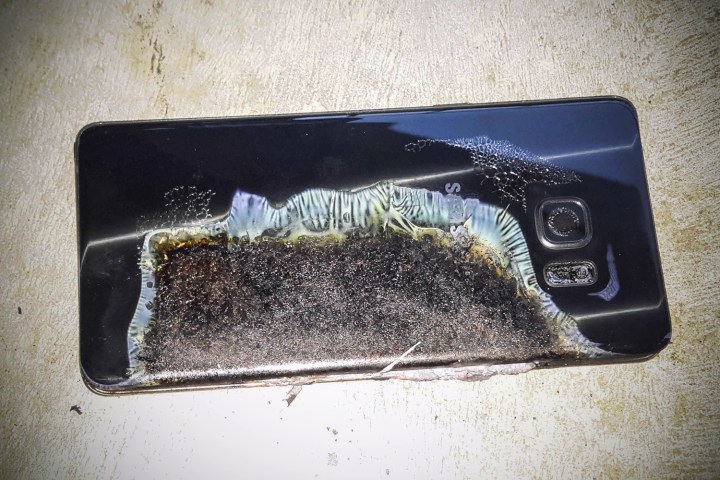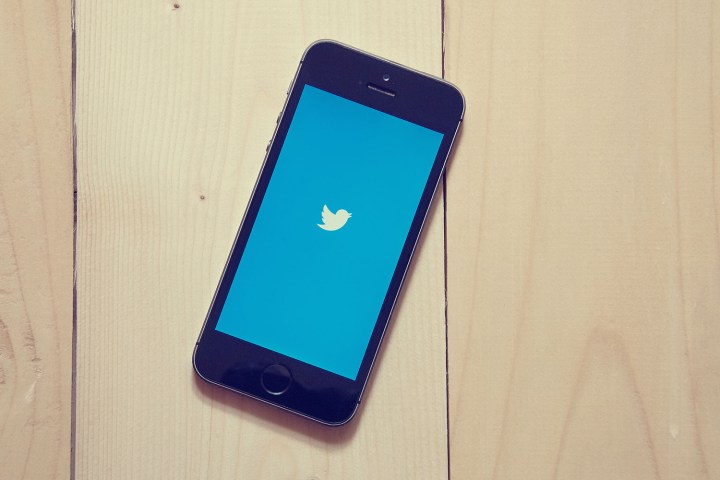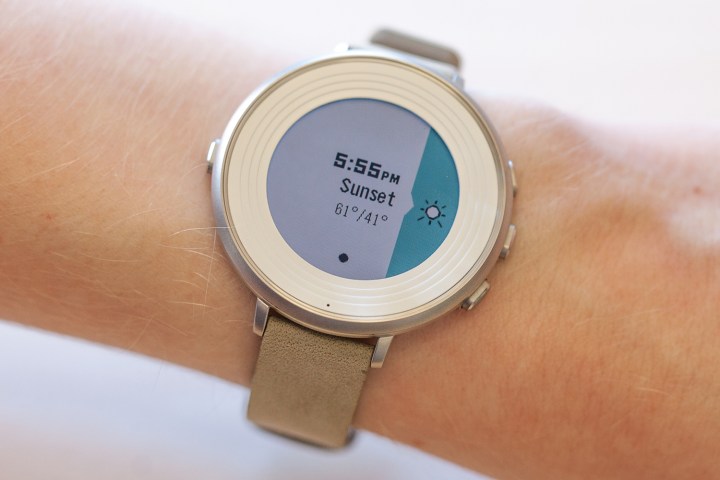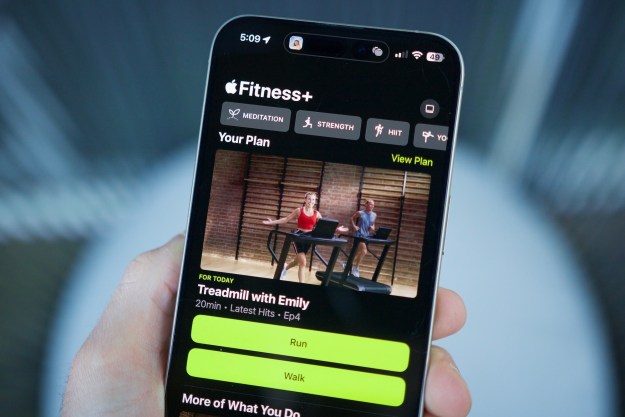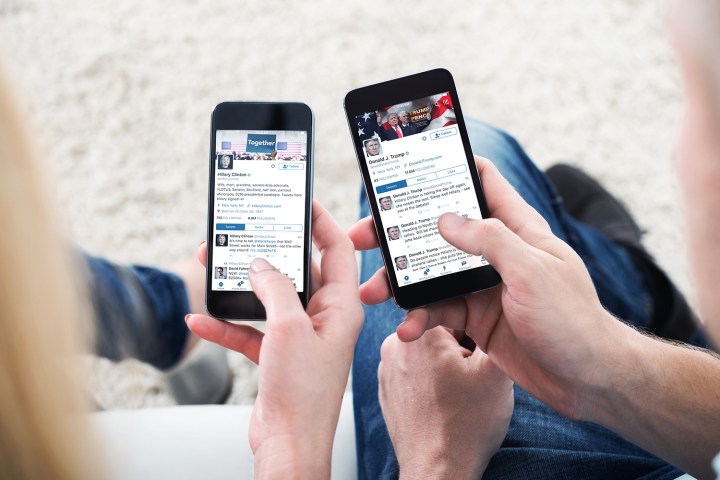
This year has seen quite a number of notable deaths — from Alan Rickman and David Bowie to Prince and Muhammad Ali; and has also seen a great deal of historic and impactful events, such as Brexit, the various terrorist attacks in countries like France, Turkey, and Belgium, the Paris Agreement on Climate Change, and the Cubs winning the World Series.
This year has also been an eventful year in tech. While there has been a lot of growth like the rise of Facebook Live, the popularity of AI assistants like Google Home and Amazon’s Alexa, and advances in the self-driving market — we’re taking a look at some events and products that didn’t have such a grand time (in no particular order).
A burst of fake news

Fake news plagued the 2016 U.S. Election, but pledges to combat it only came after the results on November 8. Fake stories such as how the Pope endorsed President-Elect Donald Trump (he didn’t), and how Trump won the popular vote (he didn’t) offered a false narrative that reinforced beliefs.
More: Influential or insignificant? A primer on Facebook’s fake news dilemma
Things got so bad that Google changed its “In the news” section to “Top Stories” after one search result showed Trump as the winner of the popular vote. Facebook had an even bigger problem as the top three fake news stories “generated more engagement” than the top stories from sites like The New York Times and the Washington Post, according to Buzzfeed News.
Facebook CEO Mark Zuckerberg recently announced plans to combat fake news on the social media platform by making it easier to report fake stories, as well as hiring third-party groups of fact checkers from organizations like ABC News, the Associated Press, Snopes, Politifact, and FactCheck.
Tech giants face a lot of the blame for perpetuating fake news on their platforms, and it’s certainly affecting people. A Stanford University study found that more than 80 percent of students surveyed could not tell the difference between fake and real stories. This year highlighted the importance of fact-checking.
Encryption: Apple vs. the FBI
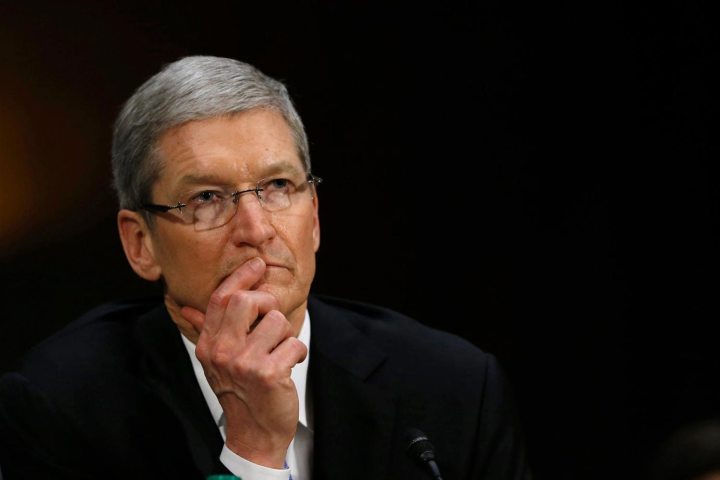
Last year, two terrorists killed 14 people in San Bernardino, California. While the shooters were fatally shot in the aftermath, the attack ended up turning into a political and tech battle between the FBI and Apple. One of the shooters left behind a locked iPhone — the FBI wanted to get in, and while Apple offered assistance at first, the company rejected a court order demanding the creation of a backdoor.
Apple claimed the creation of a backdoor would be “too dangerous” as it would open iOS to security and privacy threats.
“The FBI wants us to make a new version of the iPhone operating system, circumventing several important security features, and install it on an iPhone recovered during the investigation,” said CEO Tim Cook said in a customer letter. “In the wrong hands, this software — which does not exist today — would have the potential to unlock any iPhone in someone’s physical possession.”
Most of Silicon Valley sided with Apple, and politicians weighed in on the issue — even President Barack Obama urged tech companies to compromise on encryption. Eventually, the case was dropped as the FBI hired third-party gray hat hackers to unlock the iPhone.
But the battle highlighted a problem plaguing local and federal law enforcement — that there are hundreds of encrypted smartphones and laptops sitting in evidence lockers around the country, with no easy way to gain access. It also prompted local and federal politicians to draft bills that would force companies to comply with court orders and hand over any plain-text communications the government demands, though many of these efforts have since failed to gain much traction thanks to pressure from privacy advocates.
While the case ended earlier this year, encryption still remains a hot topic — secure messaging apps like Signal, for example, are seeing a boost in users after the results of the election.
The fiery Galaxy Note 7
Ah, the Galaxy Note 7. What is most disappointing about the Note 7 is that it received rave reviews from critics and tech reviewers alike — we gave it a 4 out of 5 and it was awarded Editors’ Choice. But then reports emerged about devices catching fire and causing harm, likely due to the battery.
Samsung issued a recall, but unfortunately, it began shipping replacement units before it actually figured out the cause of the Note 7’s fiery combustion. When replacement devices had the same issue, it led to the death of the phone for good. Samsung issued a software update that disables any remaining Note 7 phones by eliminating their “ability to work as mobile devices.”
Now, any mention of Samsung phones is likely to garner a joke about fire, and the fact that it’s one of the first phones ever to be banned on airplanes doesn’t help its case. The Korean giant has a lot to prove in 2017 with its upcoming Galaxy S8, and word has it Samsung is considering using batteries from its competitor, LG.
RIP headphone jack

Contrary to what many may believe, Apple did not eliminate the headphone jack first. Android handset makers like Chinese-company LeEco and the Lenovo-owned Motorola take the crown for that decision — but there’s no doubt that the lack of a 3.5mm headphone jack on the iPhone 7 sent waves through the audio industry.
While most lamented the loss of the headphone jack and the need to use dongles, it’s unlikely Bluetooth headset manufacturers are feeling all that bad. Expect to see Bluetooth earbuds everywhere in 2017, especially now that the AirPods are available for purchase and there are also rumors that Samsung may remove the headphone jack in its upcoming Galaxy S8.
While the 3.5mm jack isn’t antiquated just yet, expect to see more phones with 3.5mm adapters in the box next year.
Gawker’s demise
Gawker, a gossip blog that launched in 2002, died this year. The site’s last post was in August, when it filed for Chapter 11 bankruptcy due to the monetary judgment from the Hulk Hogan sex tape case.
The website published a tape of the former wrestler having sex with his friend’s wife, and Hogan sent a cease-and-desist letter asking Gawker to remove the video. The site’s founder, Nick Denton, refused, citing the video’s news value fell under the purview of the First Amendment. The site also refused a judge’s order to take the video down.
Hogan then sued Gawker and eventually won the case, forcing Gawker to sell itself. Univision stepped up and bought the site for $135 million. Gawker’s archive of articles are still online, except for ones that were involved in litigation, and Gawker Media Group has now been changed to Gizmodo Media Group.
Billionaire Peter Thiel, a Silicon Valley entrepreneur, said he was bankrolling Hogan’s case as a personal vendetta against Gawker. One of Gawker’s now-defunct sister sites outed him as gay more than a decade ago.
It’s no surprise Gawker’s demise comes from a published sex tape. The website was constantly embroiled in controversy and legal disputes for its content.
No one wants to buy Twitter, RIP Vine
Ever since it launched in 2006, Twitter has had a tough time turning a profit and it seemed like a company ripe for acquisition. While reports suggested Google, Salesforce, and Disney were interested in buying the social network, those companies have since lost interest and now it seems as though no one wants to buy Twitter.
Twitter had two consecutive quarters of stagnant user growth, and while its third quarter beat estimates, it still isn’t turning a profit. The company also announced it was laying off 9 percent of its workforce at the time, or about 350 people.
Twitter also said it was shutting down Vine, a social network that featured six-second videos curated by its users. Vine saw a mass exodus of its most popular users earlier in the year, which is likely what prompted Twitter to end the service. Twitter has since made somewhat of an about-face — it’s keeping Vine around, but it’s stripping the social network out of it.
Vine will soon turn into Vine Camera in 2017, but it will no longer feature a feed of six-second videos from its users. It’ll be a tool anyone can use to make six-second videos, and that’s it. Vine as we know it is dead.
Will Twitter find a buyer in 2017? Current rumors suggest Sprint’s parent company, Softbank, is eyeing the social network.
No one wants a smartwatch, RIP Pebble
If smartwatches were supposed to become the next big thing, they failed. According to the International Data Corporation, total estimated shipments for smartwatches in the third quarter of 2016 were down a whopping 51 percent from last year — just 2.7 million units were shipped.
While the IDC report didn’t include Apple Watch Series 2 sales, a separate IDC report wasn’t favorable for the new watch — Apple CEO Tim Cook responded vaguely and said the watch is “doing great.” Apple is still dominating the market, with Garmin and Samsung coming in behind.
The lackluster sales show there isn’t much interest in smartwatches, and that’s likely reflective of the product itself — smartwatches just aren’t as useful as phones. Hardly any Android manufacturers released an Android Wear smartwatch this year either.
But if there is one event that best sums up smartwatches in 2016 it’s the demise of Pebble.
A few years ago, Pebble became a Kickstarter success story when it raised millions of dollars for its first Pebble smartwatch. But with declining sales and low demand in 2016, Fitbit announced it was acquiring the company and stripping its assets, meaning Pebble will no longer manufacture and sell devices.
This year was not good for smartwatches, but there’s some hope for the platform in 2017. Google is set to release a major update to its Android Wear platform — version 2.0 — and rumors suggest we could even see smartwatches from the company itself. It’s likely that more Android manufacturers will follow suit.
It will be interesting to see what Fitbit does with Pebble’s operating system, and we still expect new smartwatches from Apple and Samsung.
The year of the hacker

Yahoo is becoming synonymous with hacking — the internet company finally revealed two unprecedented hacks from 2013 and 2014. The 2014 hack saw a breach of 500 million user accounts, but the attack only came to light in 2016.
We then found out that a second hack happened even earlier in 2013, and this one was much worse. The hack compromised up to 1 billion user accounts, making it one of the biggest data breaches in history. As a result, Verizon is feeling buyer’s remorse and is trying to lower the price in its deal to acquire Yahoo.
But that was hardly all that happened in 2016. A large-scale distributed denial-of-service attack against Dyn, an internet domain name system provider, caused access to major sites like Netflix, Twitter, Github, PayPal, and Spotify to flicker throughout the day. Worse yet, the issue stemmed from insecure household devices like CCTVs and DVRs due to malware called Mirai.
If those events didn’t make you feel paranoid enough, we haven’t even mentioned the two biggest hacks — both of which affected the 2016 U.S. Election. The Democratic National Committee was hacked and nearly 20,000 emails were made public. It prompted the resignation of several high-level DNC members, including DNC Chair Debbie Wasserman Schultz.
U.S. intelligence agencies concluded that Russia was behind the attack, and was also involved in attempting to covertly influence the election to help President-Elect Donald Trump win by hacking Hillary Clinton’s emails, as well as some members of her staff. The agencies say it is possible that Russian President Vladimir Putin was directly involved.
There are many more data breaches that occurred in 2016, and it’s likely only going to increase as the world becomes more and more connected.
The modular craze that never happened
This was supposed to be the year of the modular phone. It began strong with solid reviews of LG’s G5 — one of the first consumer phones to feature ‘mods,’ or removable/replaceable parts. Lenovo-owned Motorola followed up with an even better solution that didn’t require the phone to turn off with the Moto Z and Moto Z Force.
But due to delays and lackluster interest, the G5’s modular capabilities seemed more like a gimmick. The Moto Z series seems like it is doing well for Lenovo and Motorola, but it has hardly reached mainstream levels of popularity.
Perhaps most disappointing was the death of Project Ara, a modular phone project from Google. The company showcased a prototype at its developer conference in May, and a developer unit was supposed to ship at the end of 2016. The first Ara phone was set to release in 2017. Unfortunately, the project was axed, reportedly because Google wanted to streamline its hardware efforts.
Project Ara’s tech may end up being sold off to another company, but this was not what we expected 2016 to be like for modular phones. If Motorola can show that people are interested in mods, perhaps 2017 will be better for the concept.
2016: VR shows signs of growing pains

Virtual reality is cool. There is no denying that headsets like the HTC Vive and the Oculus Rift offer awe-inspiring, out-of-this-world experiences. But it seems as though VR has died down already, and has hardly attracted a mainstream audience.
It’s still the early years for the platforms, but price may be preventing VR from achieving mainstream success. For example, at $800, the Vive isn’t something most people can easily afford. Mobile VR is gaining traction with the Gear VR from Samsung and Google’s Daydream View headset, but it’s too early to tell if either is a huge success.
Both of those mobile VR headsets require specific devices — a Samsung phone for the Gear VR, or a Google Pixel or Daydream-ready device for Daydream VR. The platforms will expand to more devices in 2017, which means more people will be able to try them out.
Standalone headsets that don’t require a high-end phone, PlayStation, or expensive computer may make VR popular, but we’ll have to see what’s in store for 2017.
Editors' Recommendations
- Liars, thieves, and exploding phones: 10 tech scandals from the last 10 years
- Pixel 4 XL vs. iPhone 11 Pro vs. Note 10 Plus vs. OnePlus 7T: Camera shootout
